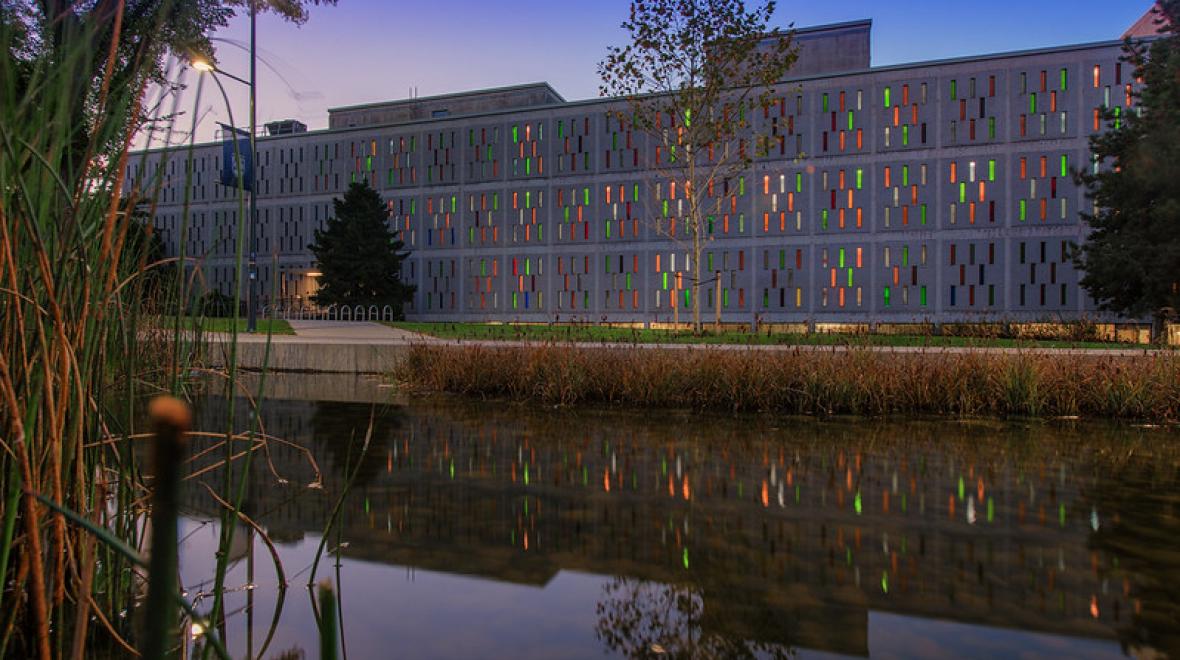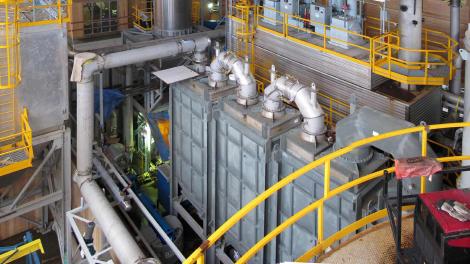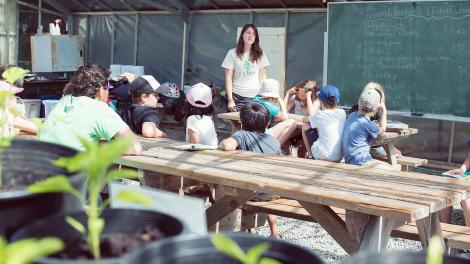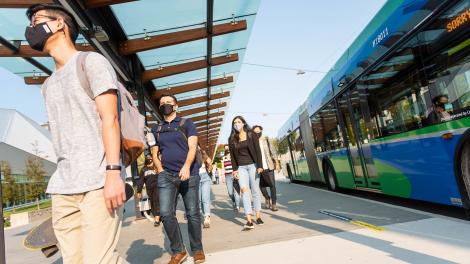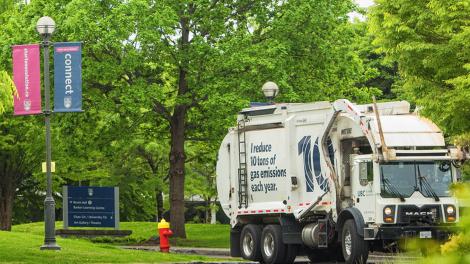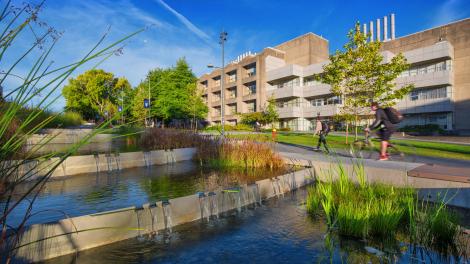The UBC Climate Action Plan 2030 (CAP 2030) puts the university on an accelerated path to net zero emissions for buildings and energy supply as well as to significantly reduce greenhouse gas emissions for extended impact areas over the next 15 years.
With the release of CAP 2030, UBC has pledged to significantly reduce greenhouse gas emission reductions by 2030 for both the Vancouver and Okanagan campuses. Together, these reductions will help UBC contribute to meeting targets set in the Paris Agreement, with the goal of limiting global warming to 1.5°C. That’s the threshold many scientists have said is crucial to avoid the most disastrous effects of global warming.
Despite growing student populations, UBC has reduced absolute emissions on both campuses - by 29 percent vs. 2007 levels on the Vancouver campus, and by 41 percent vs. 2013 levels in the Okanagan campus.
CAP2030 TARGETS
45%
collective reduction in emissions from
extended impact sources by 2030.
85%
reduction in campus operations
emissions by 2030.
100%
reduction in GHG emissions
by 2035 vs. 2007 baseline.
GHG Emissions
This dataset indicates UBC GHG emissions over time. Inventories for our Vancouver campus emissions have been completed each year from 2006 onwards. Since 2011, UBC’s energy conservation projects have reduced annual electrical use by over 13 gigawatt hours (GWh) and have saved 143,000 gigajoules (GJ) of natural gas. This is equivalent to shutting down campus for 2.5 weeks and taking 1,600 cars off the road.
Current Performance
Related plans and reports
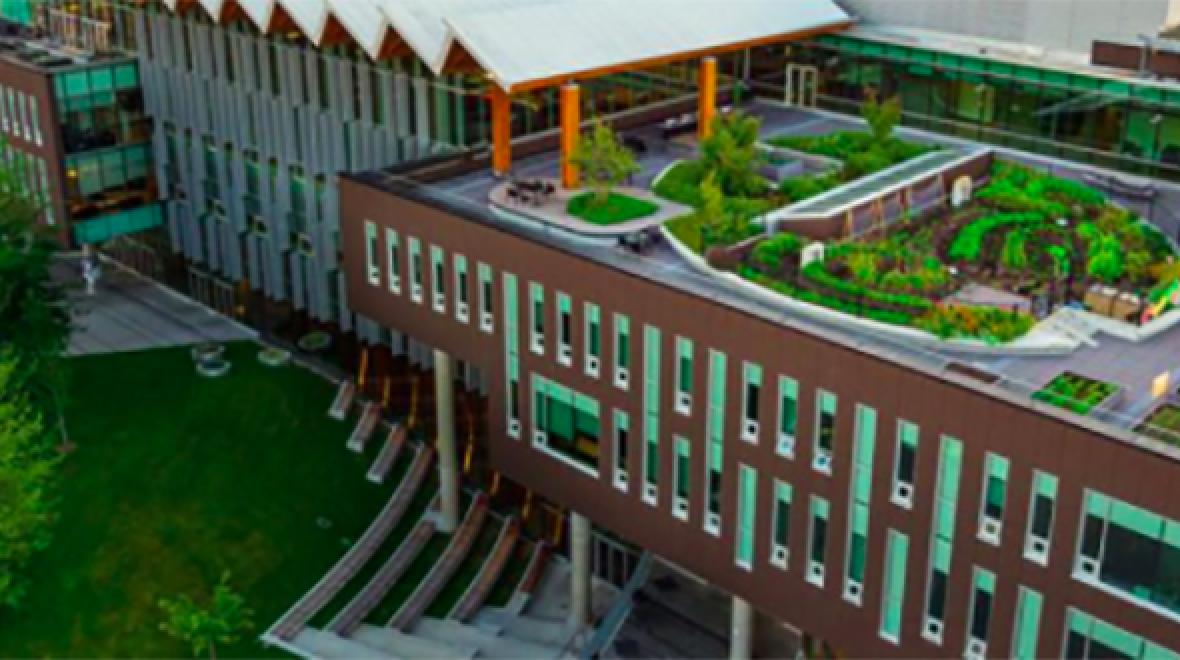
UBC Vancouver Climate Action Plan 2030
An accelerated path to net zero emissions for buildings and energy supply as well as to significantly reduce greenhouse gas emissions for extended impact areas over the next 15 years.
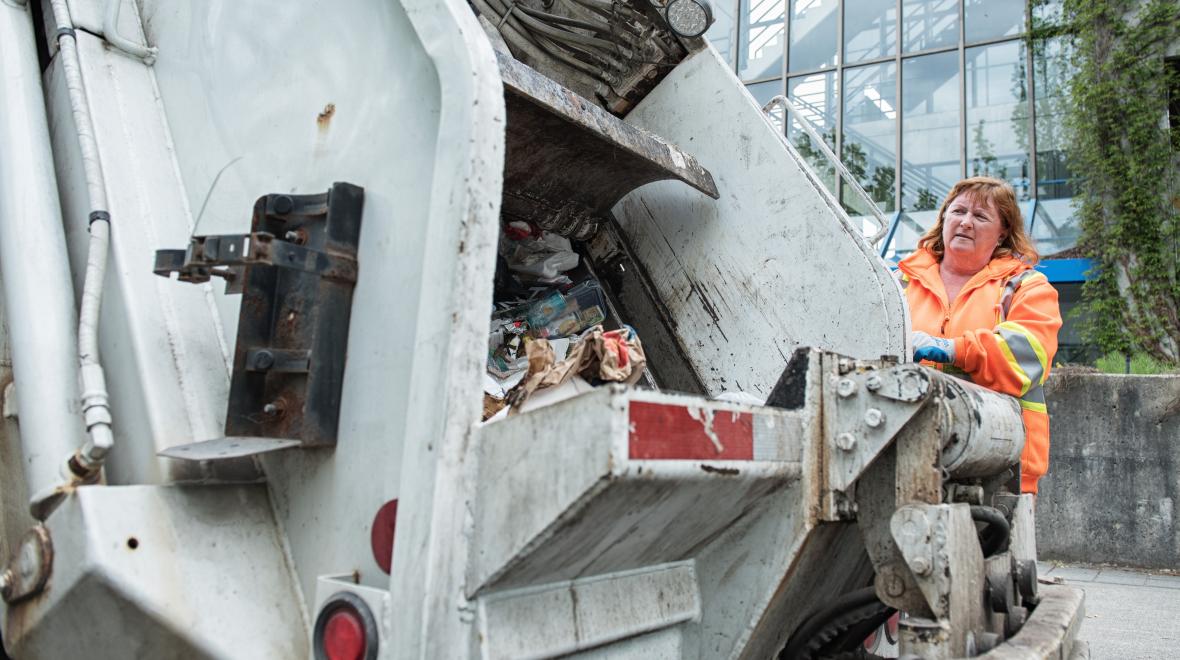
UBC Okanagan Climate Action Plan 2030
UBC Okanagan’s first Climate Action Plan (UBCO CAP 2030) to address the growing climate emergency and accelerate greenhouse gas (GHG) emission reductions from campus operations and extended (indirect) sources.

Climate Emergency Task Force Report
The Climate Emergency Task Force (CETF) report includes significant commitments and accelerated activities to achieve full divestment, meet our carbon zero goal, and support climate leadership and initiatives led by Indigenous, Black, and People of Colour.

Climate Change Accountability Reports
UBC's Climate Change Accountability Reports (formerly Carbon Neutral Action Reports) are required under the province's carbon neutral regulation.
In Depth
Biomass, renewables, replacing natural gas
In 2012, UBC’s Bioenergy Research Demonstration Facility (BRDF) became operational. A first of its kind project in North America, the system processes renewable biomass to generate thermal energy for heating campus buildings.
The facility plays a key role in helping UBC reduce its reliance on fossil fuels to meet our ambitious emissions reduction targets. The BRDF provides 30% of campus heating needs and eliminates 14% of campus GHG emissions compared to 2007 levels. In addition, a 2MW cogeneration engine uses Renewable Natural Gas to generate over 5% of the power for UBC’s electrical grid.
Every day, the facility generates heat by processing 2 to 3 truckloads of local ground and chipped wood waste from sawmill residuals, municipal trimmings, and land clearing operations. This system is carbon neutral since the amount of carbon dioxide released by the wood waste when used as fuel is the same as would be released during decomposition in a landfill but with the benefit of producing thermal energy.
In 2020-2021 a new 12 MW biomass fuelled hot water combustion boiler was installed. The installation temporarily required using more natural gas for an interim period, but once operational the new boiler will generate 70% of the hot water needed for the district energy system, significantly cutting future GHG emissions.
Read more about the expansion project BRDF from UBC's Energy and Water Services department.
Featured Datasets
Here are some of the datasets available for Energy and Emissions from our online sustainability data portal.
Energy Consumption
Period: 2012-2024
Campus: UBCV, UBCO
Interval: Annual
Last Updated: 14-08-2025
Campus Population and Floorspace
Period: 2010-2024
Campus: UBCV, UBCO
Interval: Annual
Last Updated: 14-08-2025
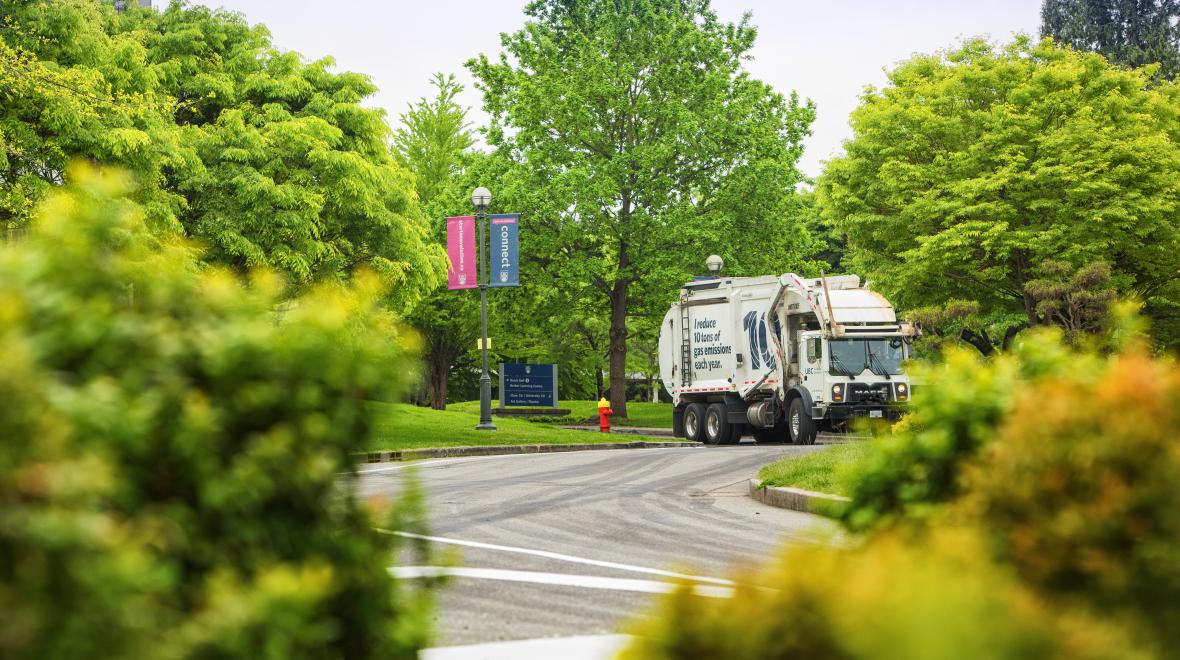
GHG Emissions
Period: 2007-2024
Campus: UBCV, UBCO
Interval: Annual
Last Updated: 14-08-2025
In Depth
Building optimization reduces energy use
UBC’s Energy and Water Services (EWS) is responsible for several energy conservation projects and programs that are reducing building energy consumption while also saving UBC significant operational costs.
Over time, the original programming of a building versus its actual use become mismatched due to operational schedule changes, renovations, and changes in user requirements. The Building Tune-Up program, rolled out in 4 phases since 2010, involves re-commissioning 72 buildings to reduce the energy and emissions in core campus buildings by 10 per cent. The Biological Sciences, Chemistry Centre, Earth Sciences Building (ESB), and Institute for Computing, Information, and Cognitive Systems/Computer Science building (ICICS/CS) were all involved in the program.

